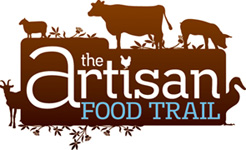
Edible flowers: What’s safe, what’s not

It certainly makes for an an eye catching photograph and while there’s nothing intrinsically wrong with a floral flourish now and then, it has come to our attention that some people are including some potentially lethal additions to their finished dishes. Although many flowers are edible and delicious it does pay to be careful.
Many people would exercise a degree of caution when it comes to mushrooms, knowing there are some species that can be very harmful if consumed. But sensibilities have been thrown out of the window where flowers are concerned. Yes, they may look pretty but you still need to know what is safe to put on the plate.
There are businesses that specialise in edible flowers that grow them especially for adorning cakes or prettifying salads, but if you’re going to the florist or foraging in the garden or hedgerows you really do need to be mindful.
Use caution and make sure they are edible flowers
Even if the flowers have been placed on the food purely for decoration there is the possibility that their sap could have leached out from cut stems, contaminating the food even after they’ve been removed.
There are many flowers which are quite toxic, some could even kill! Not a nice thought. Those that don’t have the capacity to cause death could still have other adverse effects and make someone very ill. Anything from severe digestive upsets to painful skin blistering are just some of the issues that could arise. There’s also the potential for bad allergic reactions including anaphylactic shock.

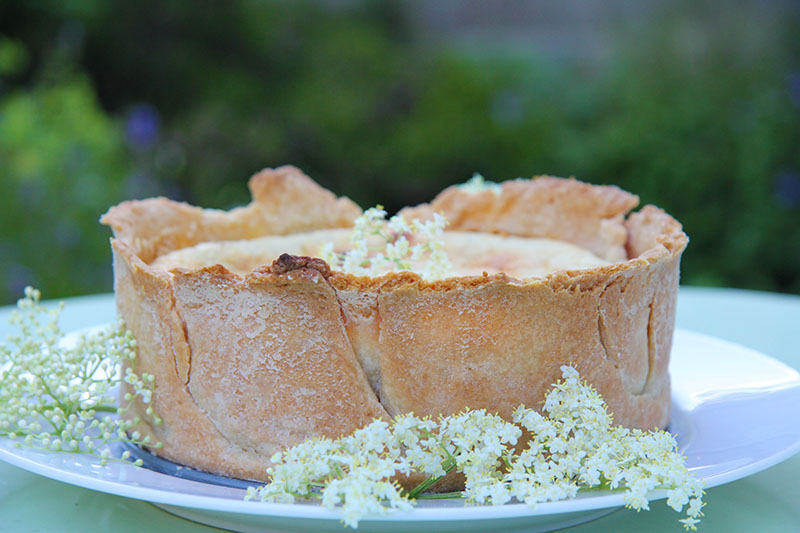
There are a whole host of blooms which can be eaten without worry although make sure they haven’t been sprayed with any pesticides or other chemicals prior to using them.
Herb flowers can be consumed, the prettiest being chive, thyme, rosemary, borage, fennel, and dill. If you grow your own vegetables you may have had them bolt unexpectedly, which means they suddenly spurt up and flower. Rocket and radish flowers are particularly delicious.
Among the decorative garden flowers there are many which can be safely eaten. It is recommended to remove the green parts – the stem and calyx at the base of the flower – as these are sometimes tough, bitter and generally not nice to eat.
A guide to some edible flowers which are safe to eat
(Clicking on the + symbol will reveal more information on flavour and uses)
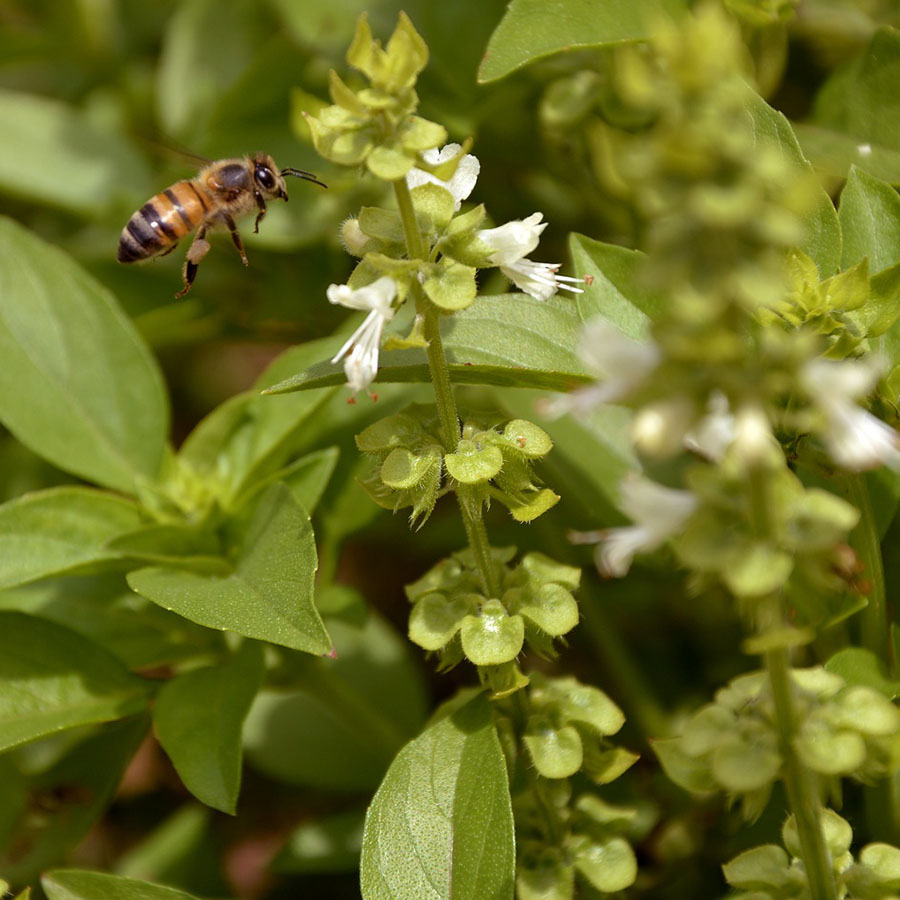
Basil (Ocimum basilicum)
Uses: Partners well in tomato dishes. Use in oils, salad dressings and soups.
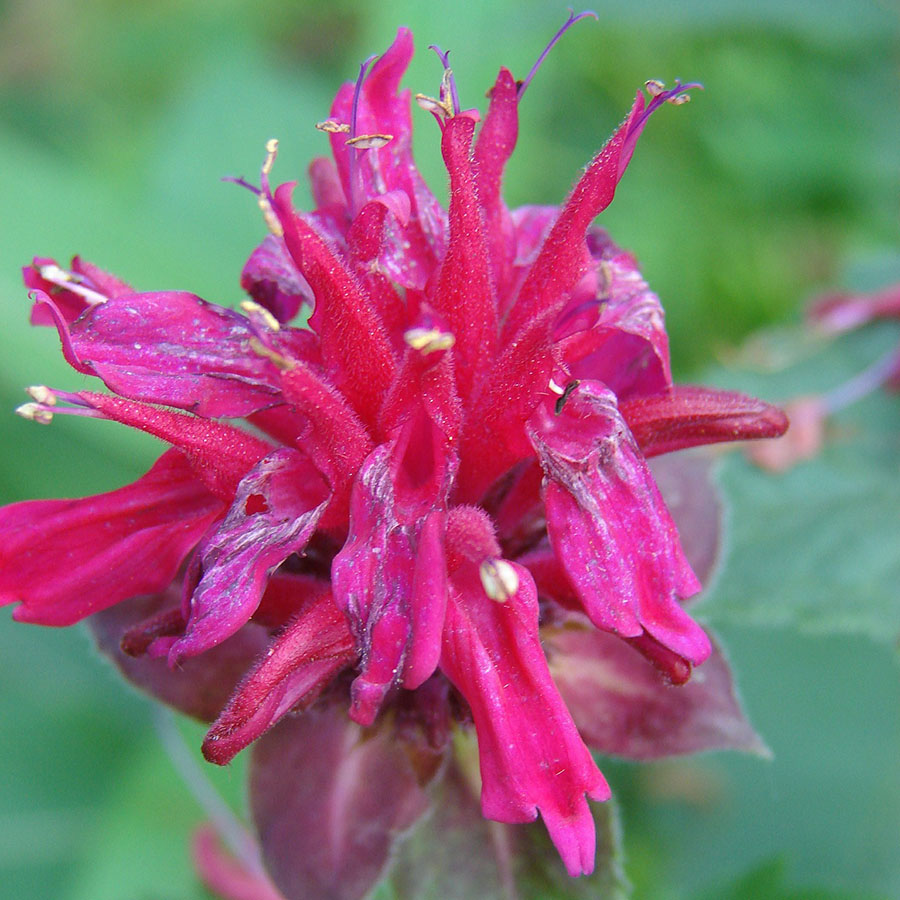
Bergamot (Monardia didyma)
Uses: Makes a really nice tea and complements bacon, poultry, rice and pasta.
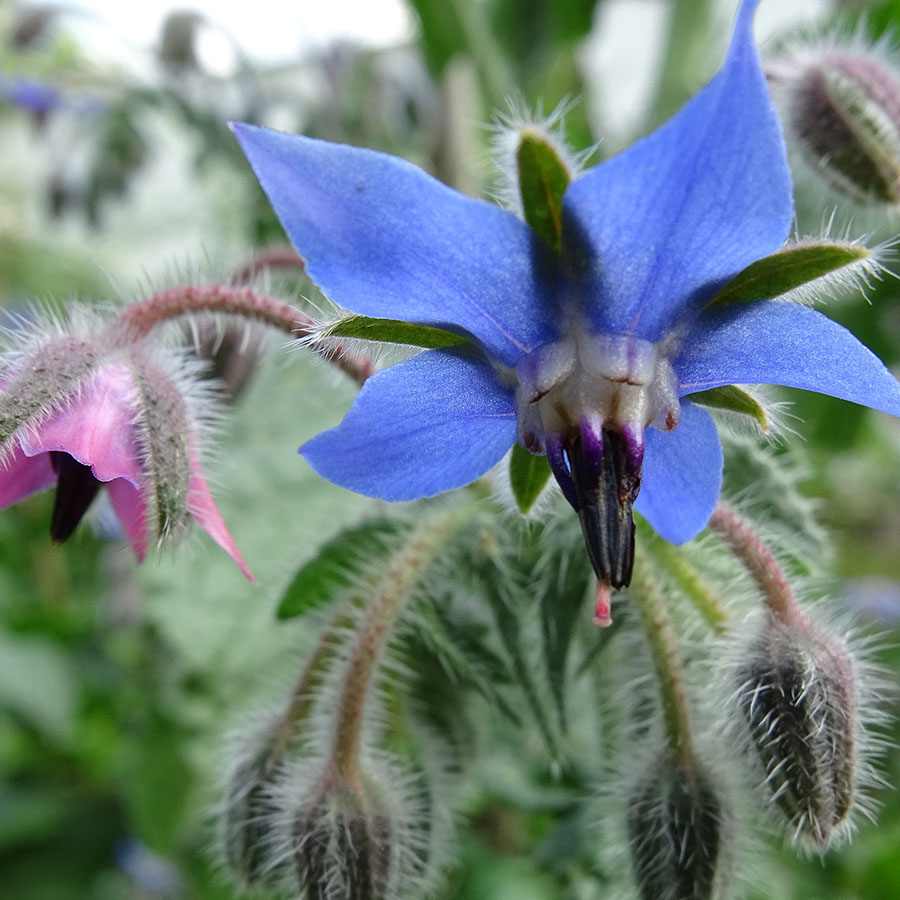
Borage (Borago officinalis)
Uses: An interesting addition to cakes, salads and pâté . Can be frozen in ice cubes or crystallised.
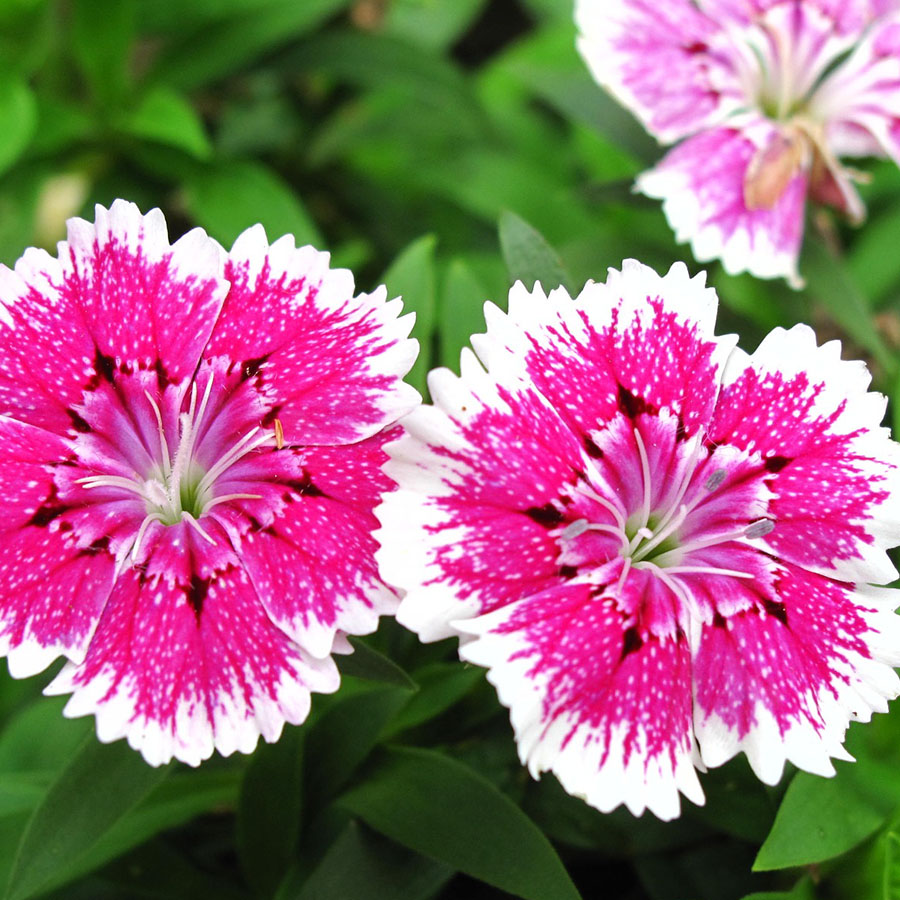
Carnation, Alpine pinks (Dianthus)
Uses: Salads, meat dishes, desserts such as cheesecakes or for flavouring sugar, oils and vinegars.

Chives (Allium schoenoprasum)
Uses: Good in salads, egg dishes and sauces for fish.
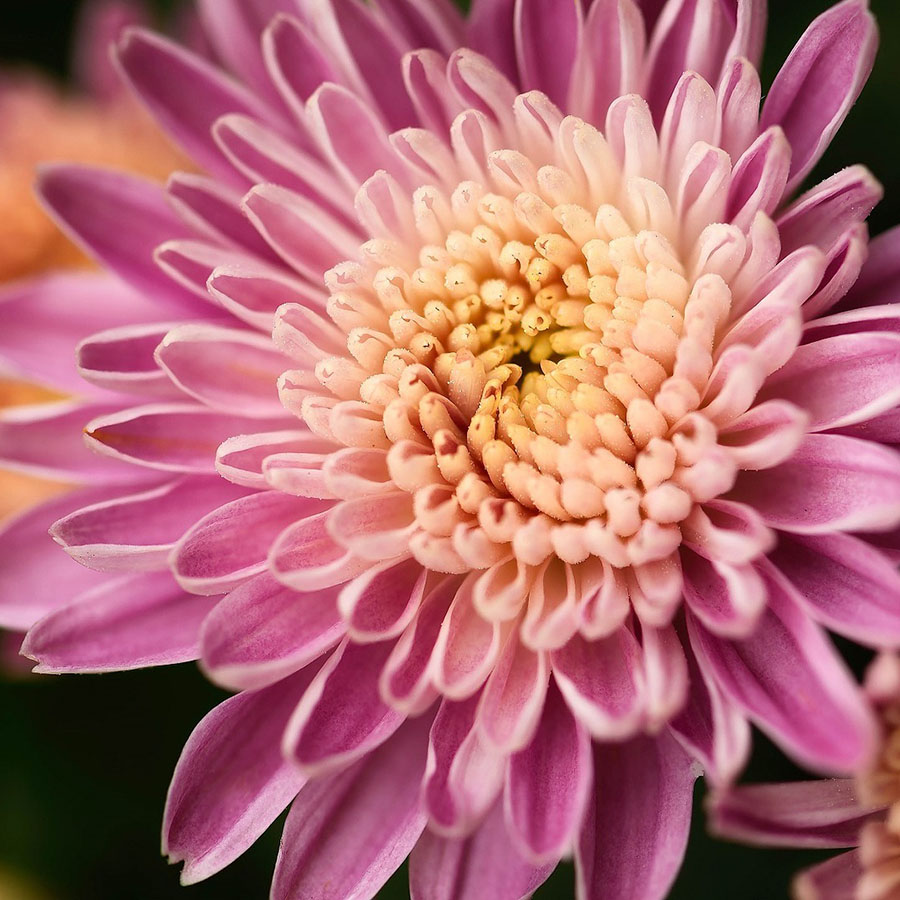
Chrysanthemum (Chrysanthemum)
Uses: Petals add flavour and colour to creamy soups. Good in egg dishes. Use in the same way as you would calendula.
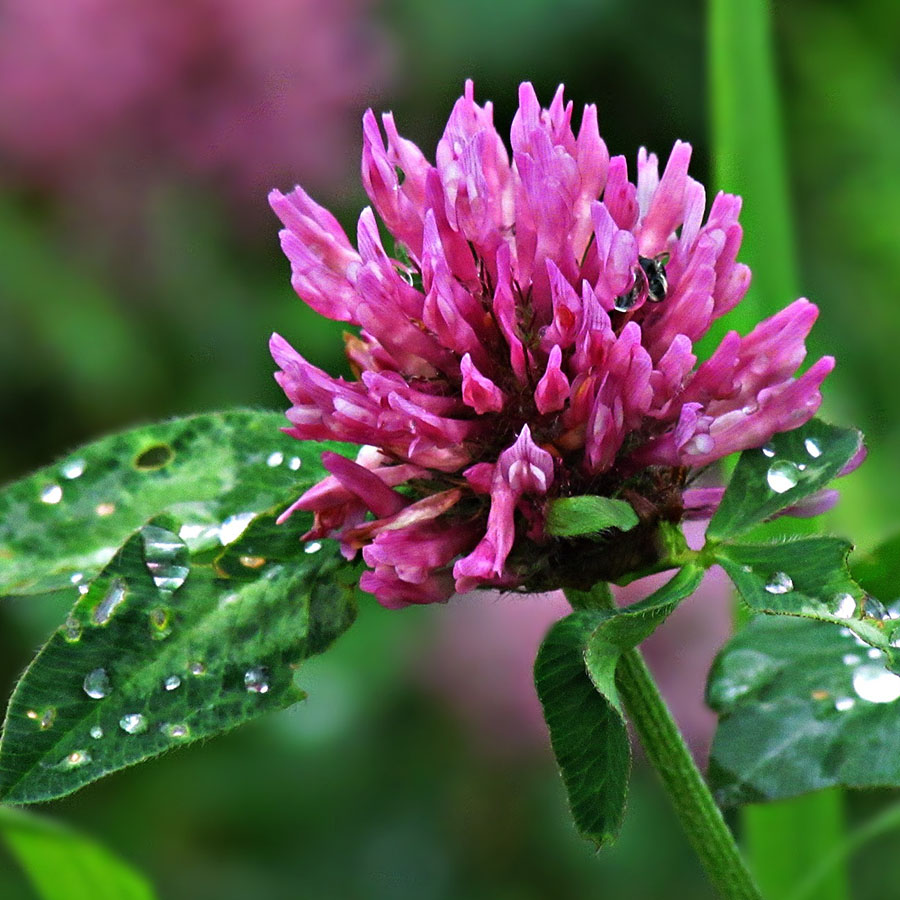
Clover (Trifolium pratense)
Uses: Both red and white clover flowers can be used to garnish fruit and green salads or make wine from whole red flowers.
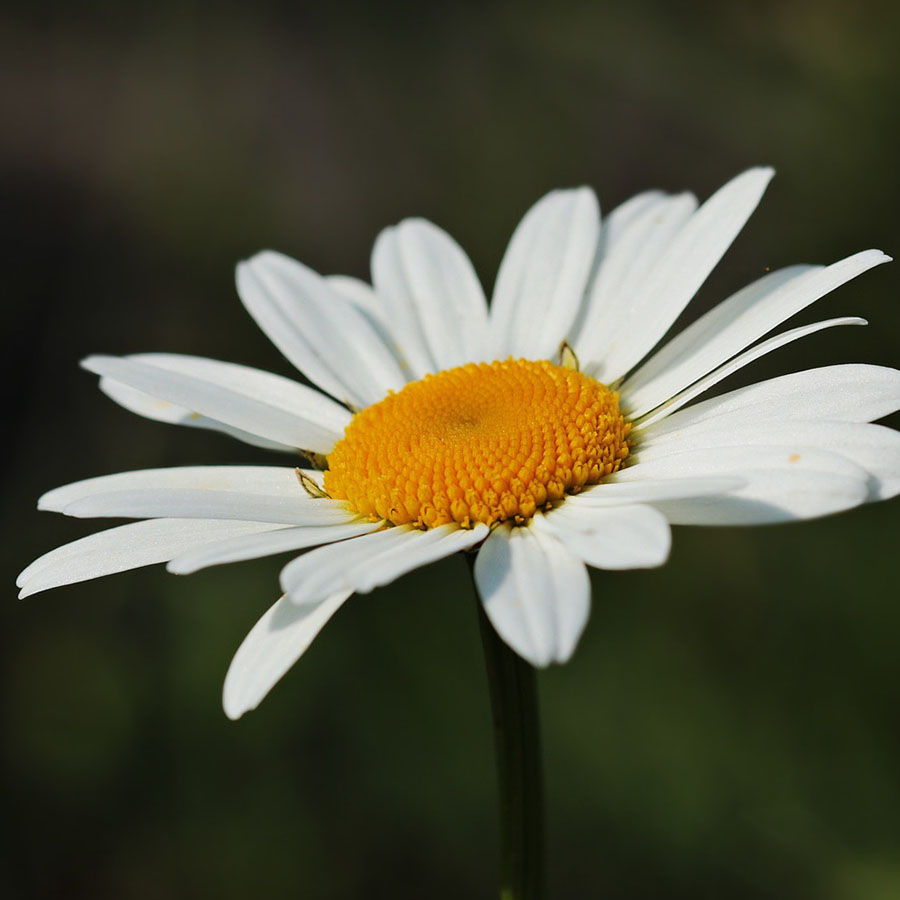
Daisy (Bellis perennis)
Uses: The flavour isn’t strong but petals make an interesting garnish for cakes and salads.

Dill (Anethum graveolens)
Uses: A nice addition to salads, vegetables and fish dishes. Add flowers to mayonnaise, white sauce and pickles.
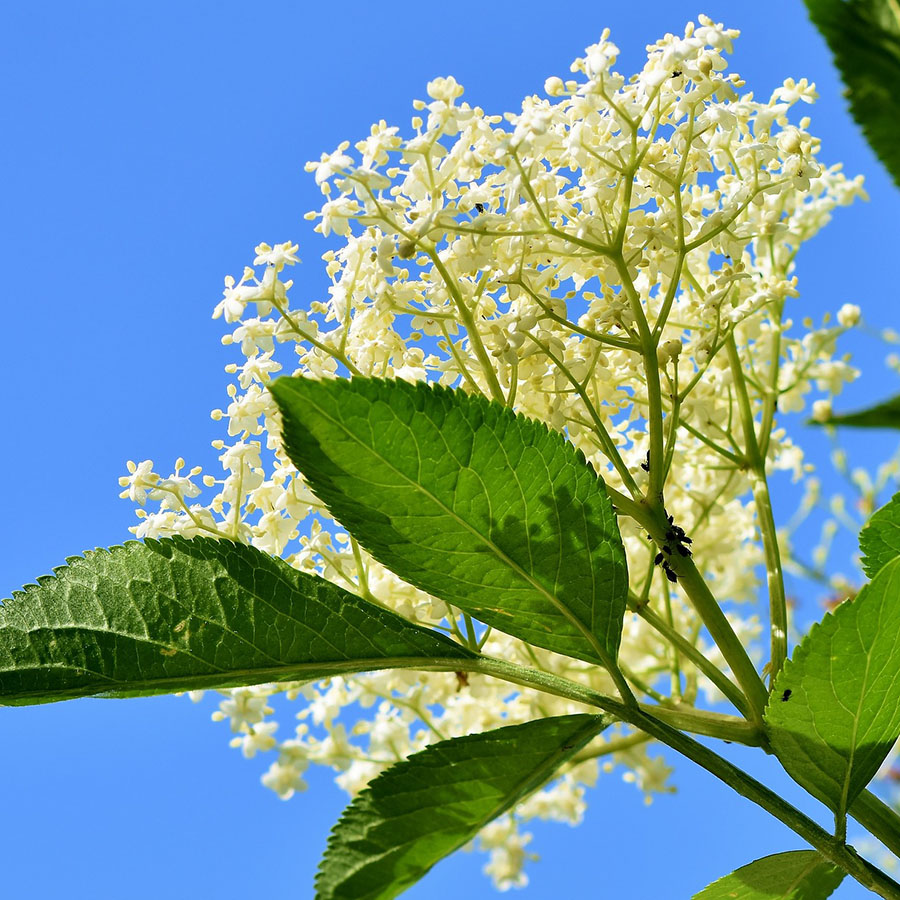
Elderflower (Sambucus nigra)
Uses: Make wine and cordials, or to flavour tarts and jellies. Elderflowers can be dipped in batter and deep fried. DO NOT EAT LEAVES AND STALKS.
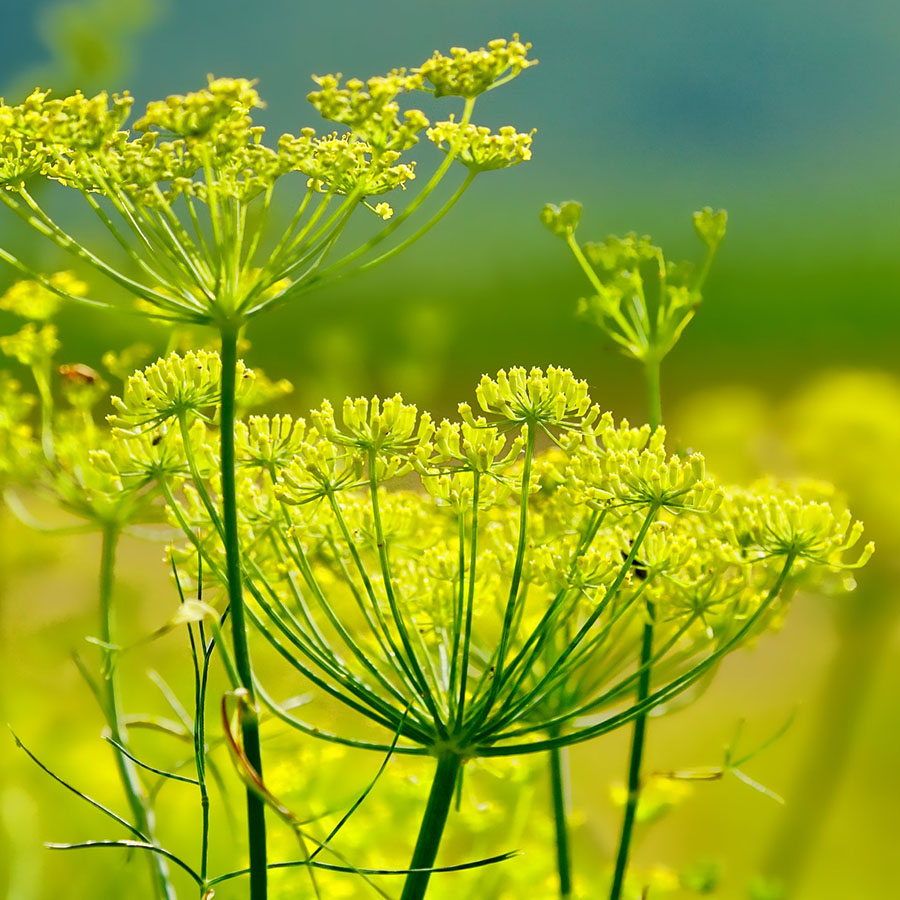
Fennel (Foeniculum vulgare)
Uses: Enhance salmon, pâtés and salads. Flowers preserved in oil or vinegar can be used in winter when the herb is unavailable.

Garden pea (Pisum sativum)
Uses: Add flowers and young shoots to salad for a fresh pea taste.
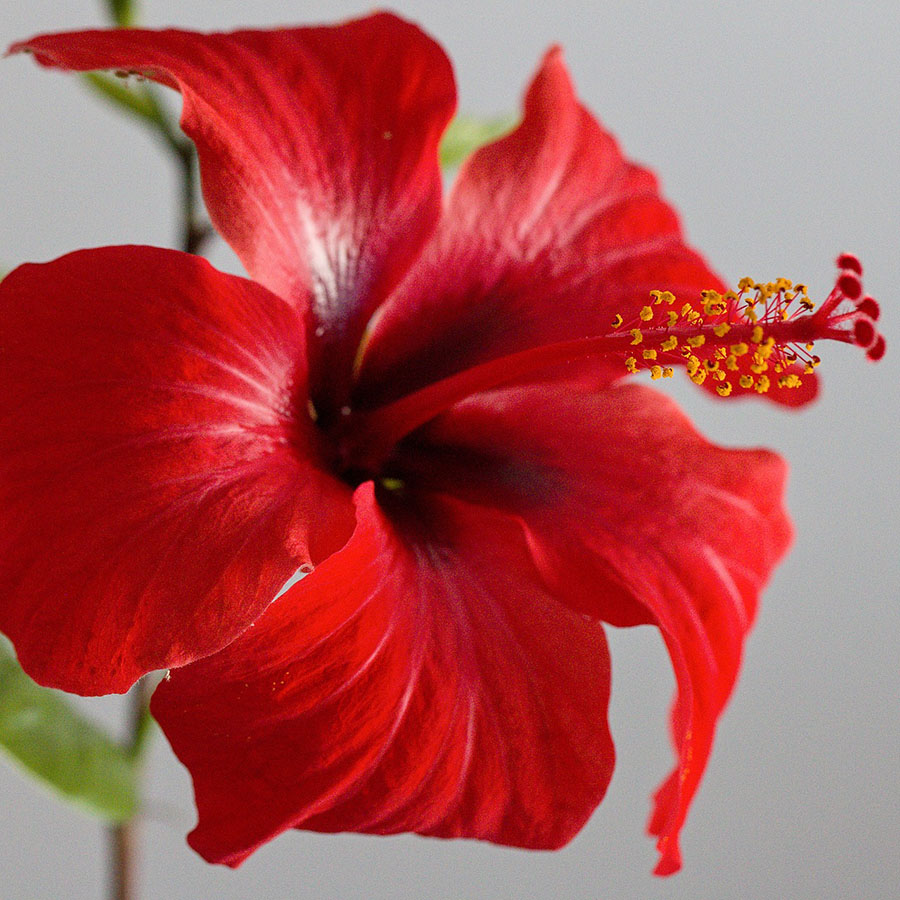
Hibiscus (H. rosa-sinensis)
Uses: Makes refreshing citrus-flavoured tea and cordials.

Hollyhock (Alcea rosea)
Uses: As a garnish, in salad dressings and fish dishes. Remove all traces of pollen and decorate cakes with crystallised petals.

Lavender (Lavandula augustifolia)
Uses: Use sparingly in biscuits, herbal tea, cakes, creme brulée and ice cream. Sugar or honey flavoured with lavender can be used in cakes and biscuits. Some sprigs complement roast pork, lamb and chicken. Can also be used to infuse vinegar.

Mint (Mentha sp)
Uses: Can be used in oil, vinegar and butter for both sweet and savoury dishes.
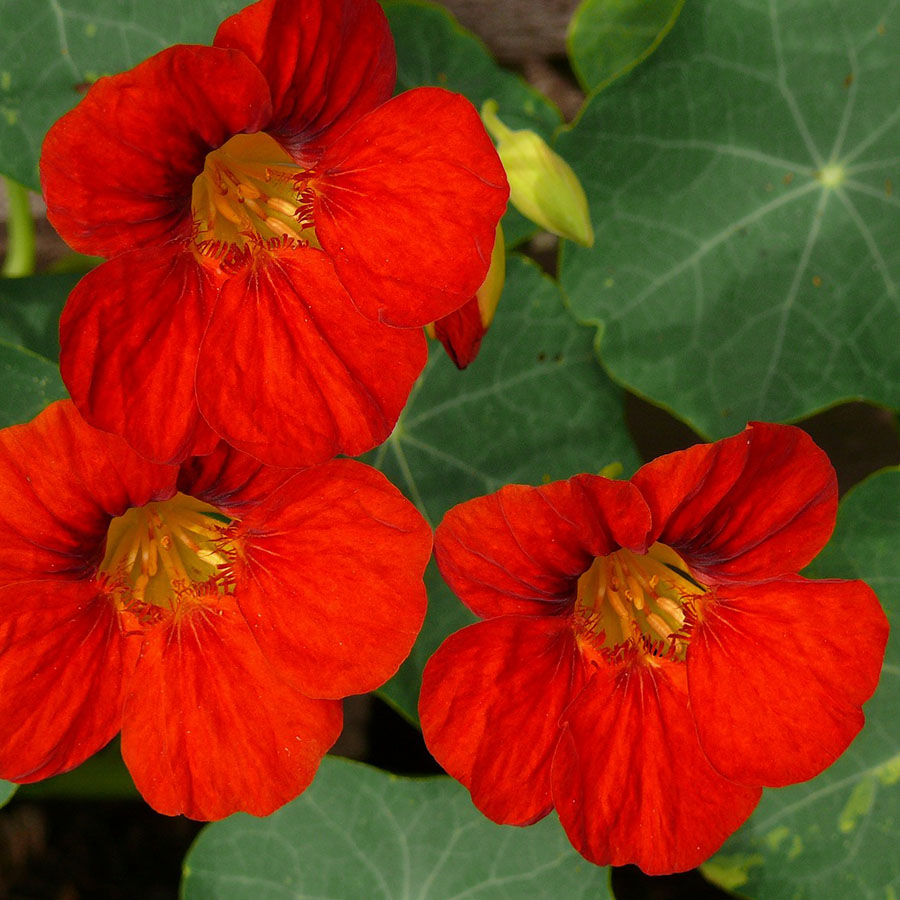
Nasturtium (Tropaeolum majus)
Uses: Salads, stir-fries, curries, pasta dishes, meat dishes. The whole flower, leaves, and buds can be used or just the petals for a milder flavour.
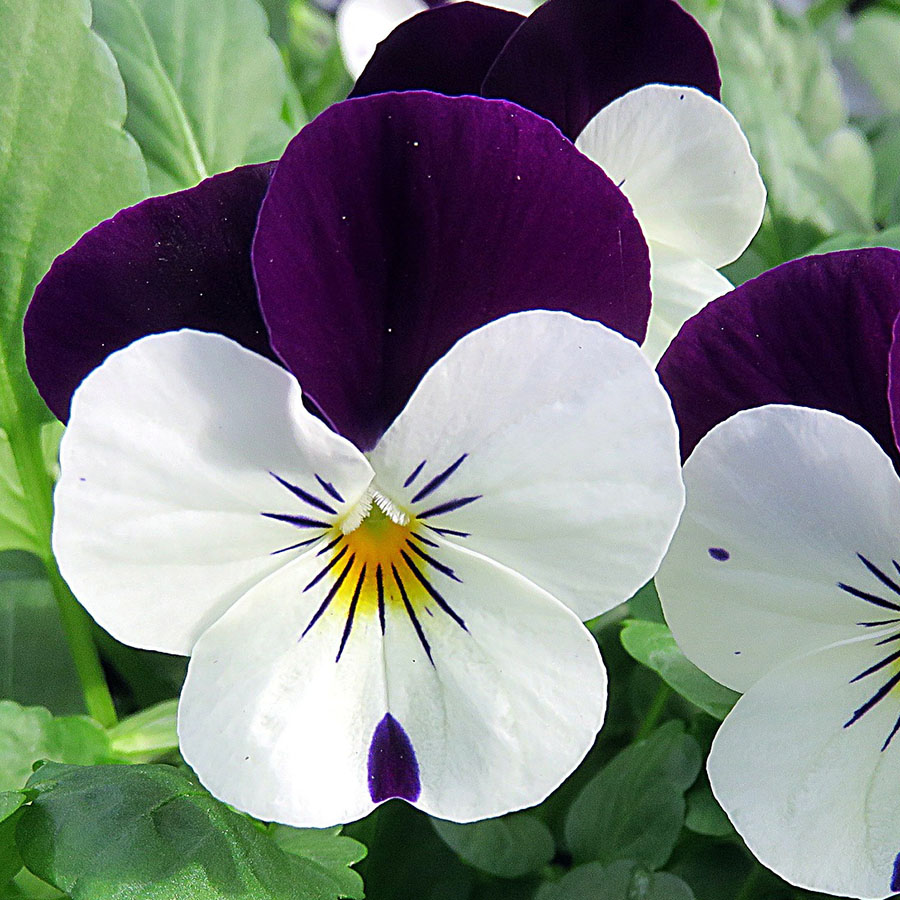
Pansy (Viola tricolour)
Uses: Garnish, salads, sandwiches, cake decorations.
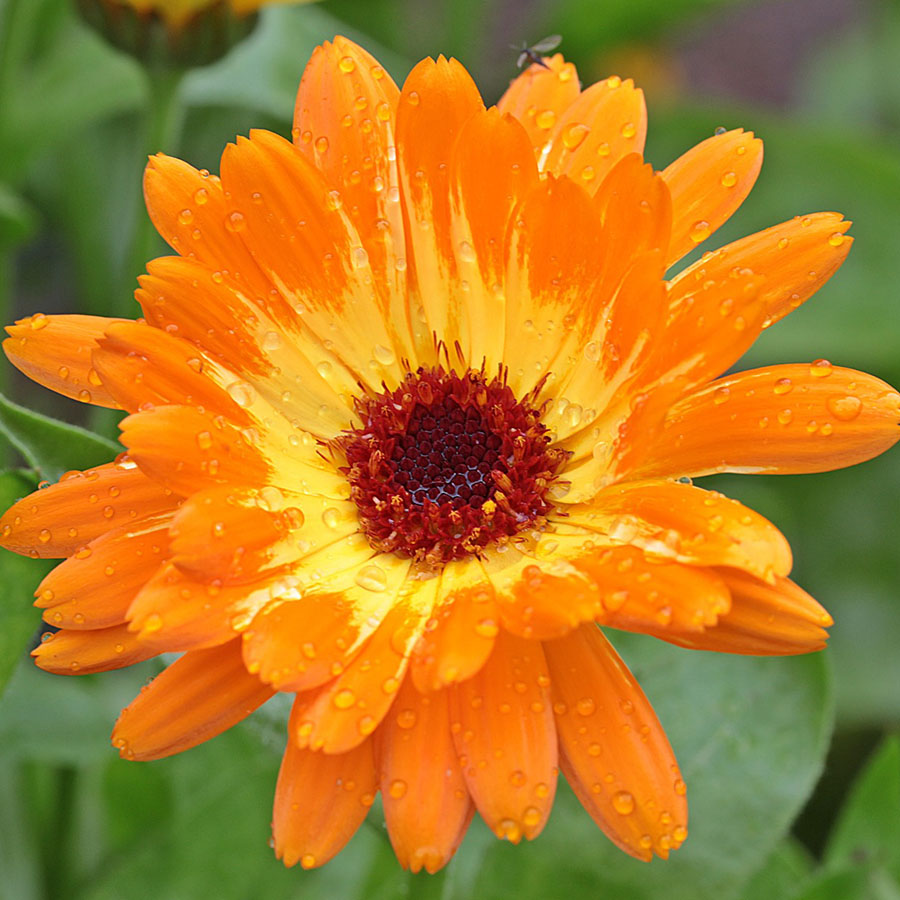
Pot marigold (Calendula officinalis)
Uses: Salads, stir-fries, biscuits, pasta dishes. Petals can be dried or pickled in vinegar or added to oil or butter.

Primrose (Primula vulgaris)
Uses: Decorate cakes with crystallised or fresh primrose or cowslip flowers. Can be frozen in ice cubes.
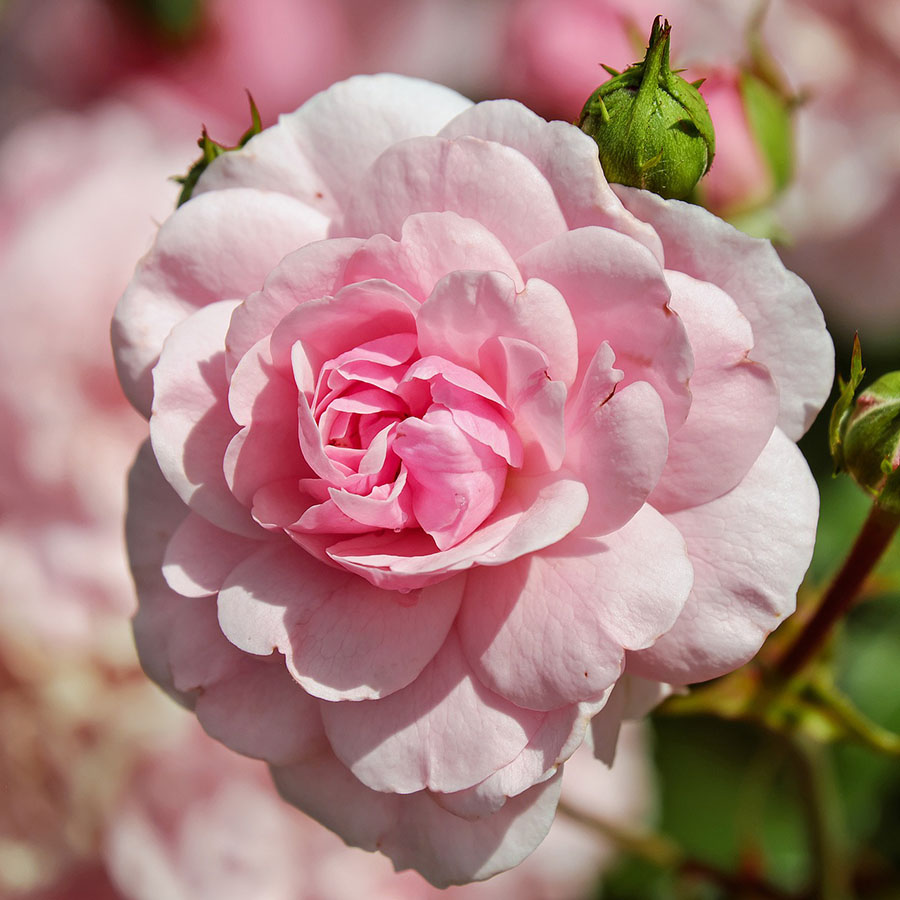
Rose (Rosa)
Uses: All roses are edible with the more fragrant roses being the best. Petals can be crystallised, used to flavour drinks, sugar and even icing for summer cakes.
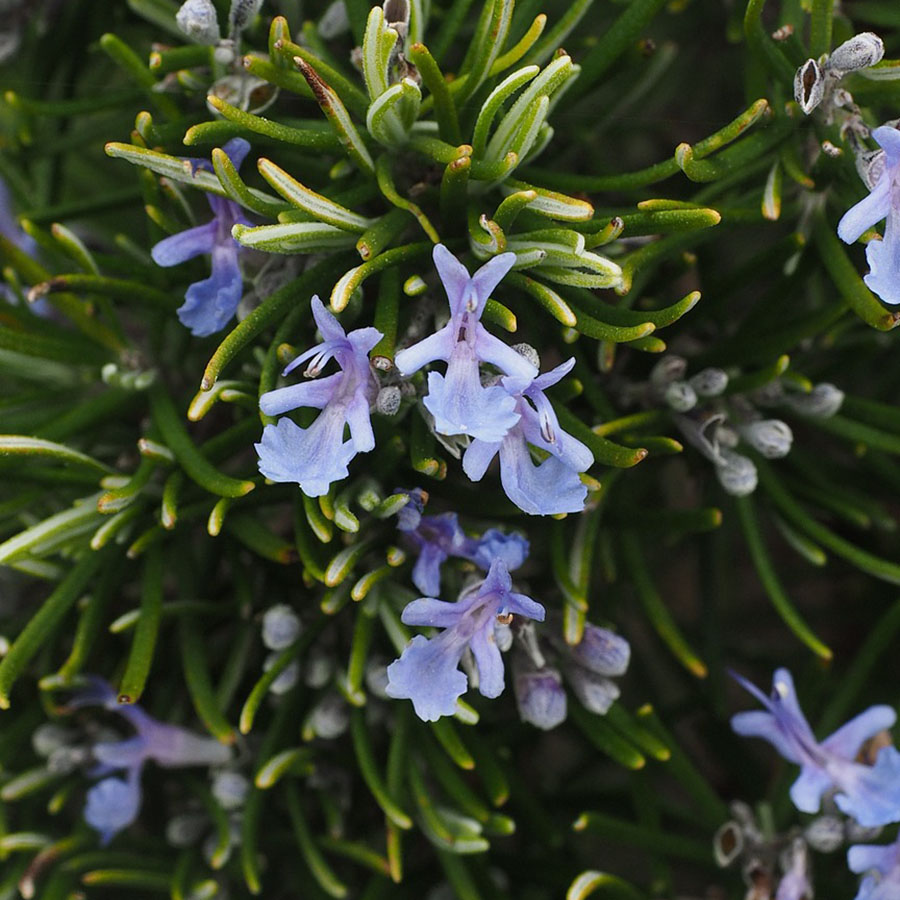
Rosemary (Rosmarinus officinalis)
Uses: Can be used fresh to garnish salads and tomato dishes or to flavour butter or oil.

Salad rocket (Eruca vescaria)
Uses: Adds sharp flavour to salads or preserve in oil or butter to accompany meat.

Scented geraniums (Pelargonium)
Uses: Flowers are milder than leaves and can be crystallised or frozen in ice cubes for summer cordials.

Sunflower (Helianthus annuus)
Uses: Bread, biscuits, cakes. Unopened buds can be steamed like artichokes. Petals can be used in salads or stir fries.

Sweet violet (Viola odorata)
Uses: Suitable for sweet or savoury dishes as well as tea. Use crystallised violets and pansies as a garnish on cakes and soufflés.
Take note
If you have asthma or severe allergies take caution when eating edible flowers and try a small amount before adding to recipes.
This list is by no means exhaustive and believe it not, some of the flowers mentioned have been featured as food decoration, in some images we’ve seen.
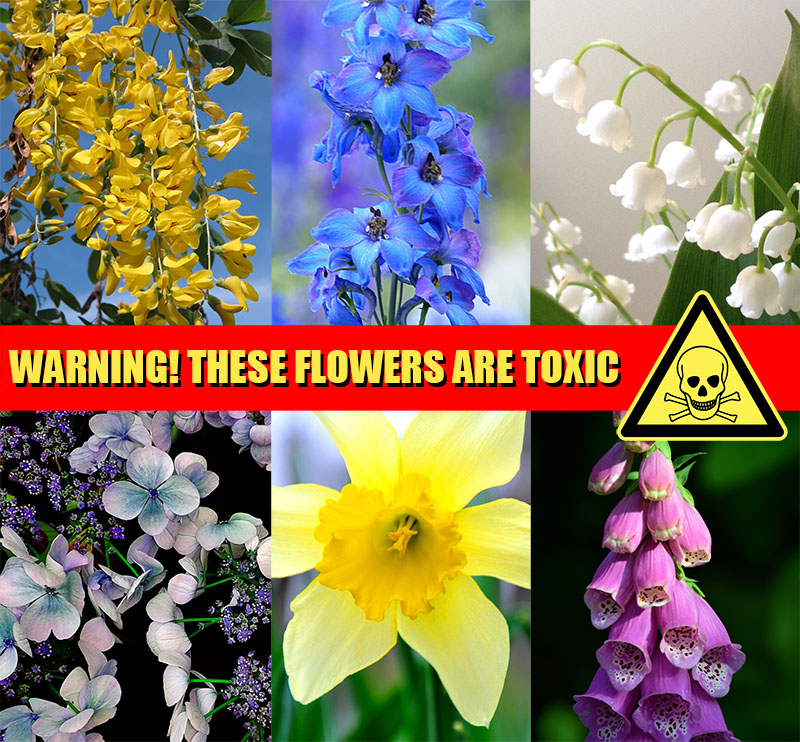
DANGER! Do not eat these flowers
- Aconite (wolfsbane, monkshood) – Aconitum spp.
- Anemone (windflower) – Anemone spp.
- Autumn Crocus – Colchicum autumnale
- Azalea – Azalea spp. (Rhododendron spp.)
- Buttercup – Ranunculus spp.
- Calla Lily – Calla palustris (Zantedeschia aethiopica)
- Christmas Rose – Helleborus niger
- Clematis – Clematis spp.
- Daffodil – Narcissus spp.
- Deadly Nightshade (belladonna) – Atropoa belladona
- Delphinium (larkspur) – Delphinium spp.
- Foxglove – Digitalis purpurea
- Horse Chestnut – Aesculus spp.
- Hyacinth – Hyacinthus orientalis
- Hydrangea – Hydrangea spp.
- Iris – Iris spp.
- Laburnum – Laburnum anagryroides
- Leopard’s Bane – Arnica montana
- Lily of the Valley – Convallaria majalis
- Lobelia – Lobelia spp.
- Marsh Marigold – Caltha palustris
- Morning Glory – Ipomoea violacea
- Nightshade – Solanum spp.
- Oleander – Nerium oleander
- Periwinkle (vinca) – Vinca spp.
- Rhododendron – Rhododendron spp.
- Snowdrop – Galanthus nivalis
- Spurge – Euphorbia spp.
- Star of Bethlehem – Ornithogalum umbellatum
- Sweet Pea – Lathyrus spp.
- Tobacco – Nicotiana tabacum
- Wisteria – Wisteria spp.
Remember
This list does not and certainly can not cover every single flower that is unsafe to eat. If you are unsure whether a flower is edible or not, leave it off your plate to stay on the safe side.
Sign up to receive our newsletter
For the latest producer info, shows, markets, recipes, competitions and more each month.
Please be assured that we don't sell or pass on your information to third parties.
Keep up to date with:
- New and approved producers and produce
- Offers, discounts, competitions and more
- Seasonal produce and great tasting downloadable recipe ideas
- Shows, events and markets
